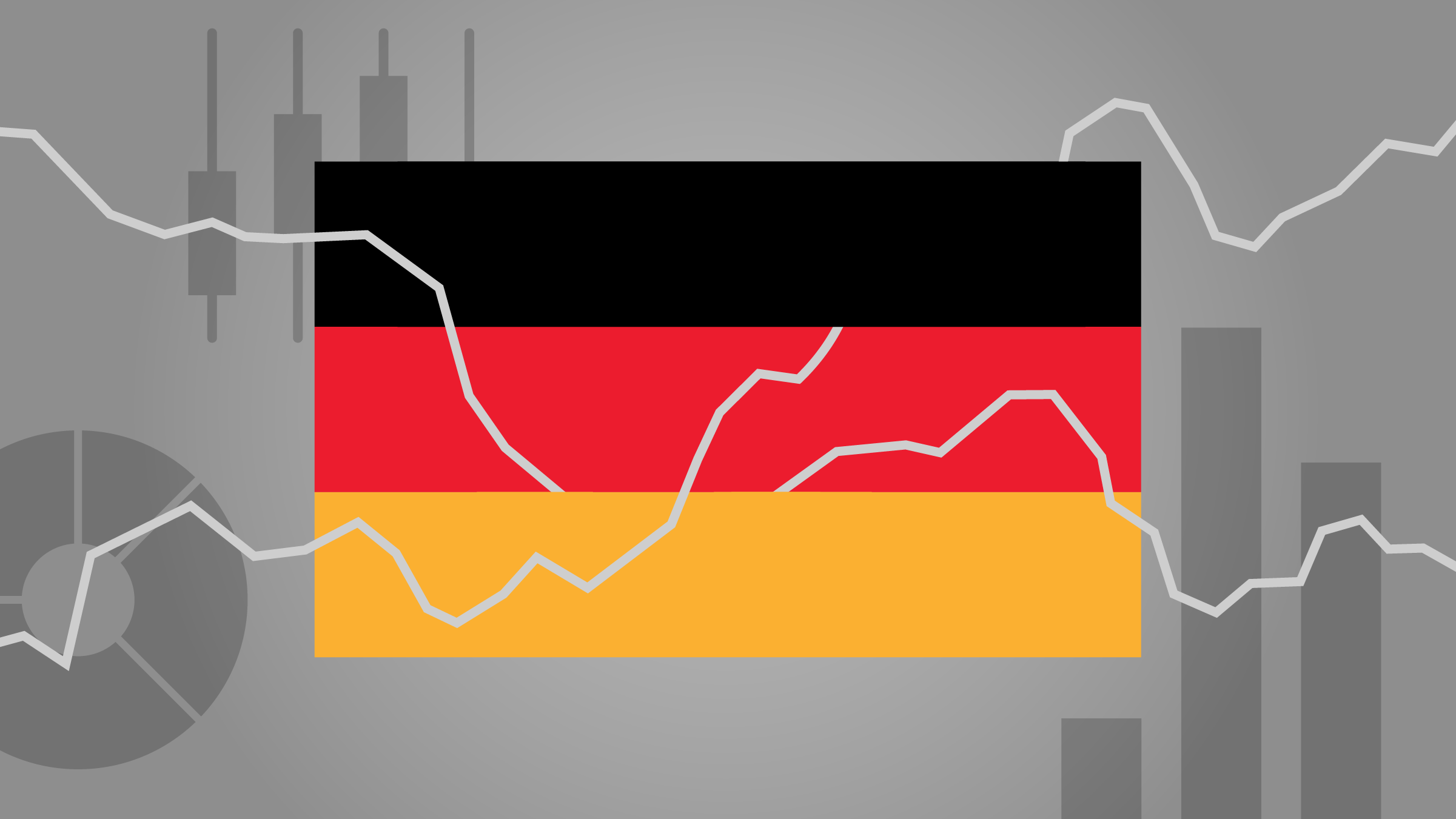Rolle im Portfolio
The iShares JP Morgan Emerging Markets Bond ETF offers investors exposure to one of the fastest-growing investment areas of the last two decades, namely that of non-local currency emerging market government bonds. Although in recent years, local-currency denominated EM debt has received increased investor attention due to the potent return combination of high yield and EM currency gains; historically EM government debt has been denominated in USD or other developed nation currencies to make it more palatable to global investors.
The search for higher yield and capital gains vis-à-vis developed bond markets remains the key selling point of emerging market government debt. Notwithstanding shifting perceptions about country risk borne out of the global financial crisis, financial vehicles offering exposure to emerging market debt are still likely to work best as satellite components of an investment portfolio; a yield-enhancing complement to lower-risk core developed market fixed income building blocks. Additionally, investors have also been attracted to EM debt by virtue of its low correlation to traditional (e.g. developed economies) fixed income investments.
Europe-based investors considering this ETF should take into account a fair array of risk considerations including: currency, country and duration. This ETF is a USD-denominated monthly-dividend-distributing vehicle; hence foreign exchange considerations are to have a regular impact on the expected income stream. As per country risk, the ETF does not discriminate between geographical areas; thus making it a good vehicle for those wanting to maximise diversification, but a poor one for those wanting to target a specific area or country.
Finally, this ETF has a relatively high modified duration (e.g. around 7.5%). This is reflective of the still generally long-term maturity bias of emerging market issuing governments. However, closely interlinked with currency exposure, it adds a further layer of performance risk ultimately dependant on US monetary policy moves. The long duration of this ETF makes it vulnerable to proportionally higher capital losses when the Federal Reserve raises interest rates.
Fundamentale Analyse
Despite some very prominent bumps in the road, emerging markets have been one of the key financial markets success stories of the last two decades. Significant structural changes to the way these economies are governed have facilitated large capital inflows, in turn leading to a significant shift in international investors’ asset allocation trends. Emerging market exposure is now part and parcel of most investment portfolios, with investors lured by comparatively high returns and an increasing perception of diminishing risk.
It is a fact that most emerging market economies – particularly Asian and Latin American – have weathered the global crisis much better than their developed counterparts. The hefty current account surpluses accumulated in the years prior to the global financial crisis have allowed most emerging market governments to avoid the slippery slope of higher borrowing to put into place comprehensive stimulus packages during the worst phases of the downturn. As a result, creditworthiness has increased, with some emerging market government bonds now yielding significantly less than those of troubled developed economies – particularly those of the Eurozone periphery – which are now seen by some as unworthy holders of the prized “developed” accolade.
This general backdrop allowed emerging market government bonds to bounce back with some vigour from the panic-led dip of late 2008 and early 2009. They performed solidly in 2010 and posted further gains in 2011, no doubt aided by the problems in the Eurozone government debt market, but also on classic yield-seeking flows underpinned on comparatively tighter monetary policy settings in emerging markets.
Even on the assumption of a resolution to the developed markets debt situation – particularly so that of the Eurozone – consensus is that the prospects for emerging market debt remain fairly bright, as these economies are poised to continue outpacing their developed peers by a sizeable margin. And yet, risks do exist. The success of emerging market economies has been predicated on an export-oriented model whereby they have become the suppliers of choice to consumption-driven developed partners. As the latter struggled under the burden of public and private debt, emerging economies will have little option but to promote their internal sources of growth. However, in order to incentivise local consumption, emerging economies may have to develop and/or considerably extend publicly-funded social safety nets (e.g. pension and health provision) which in turn may lead to increased government expenditure and thus bond issuance in the future. In fact, the noted slowdown of the global economy into 2012 has raised the odds of some sort of public expenditure stimulus in EM economies.
Despite the fast-growing importance of local currency-denominated emerging bond markets, a significant share of emerging market government bond issuance is still conducted in USD. As such, would-be investors need to consider the impact that US monetary policy decisions may have on performance. As we write (e.g. February 2012) the US Federal Reserve retains a very accommodative policy stance and, barring surprises, intends to keep it so until well out to 2014.
Indexkonstruktion
The JP Morgan EMBI Global Core Index is a subset of the broader JP Morgan EMBI Global Index and measures the performance of most liquid USD-denominated emerging market sovereign or quasi-sovereign bonds. The EMBI Global Core Index includes fixed, floating rate and capitalising bonds with a minimum outstanding of USD 1bn and minimum remaining maturity of 2.5 years. Eligible countries are those classed by the World Bank as having low or medium per capita income for two consecutive years, or countries that have restructured their external debt over the last decade. The index is calculated every business day of the year, as defined by the US bond market calendar. Valuations are calculated on best offer/bid prices submitted by a selected group of emerging market brokers or JP Morgan traders if prices from selected brokers are not available. This is a diversified index which limits the weights of countries with higher debt outstanding. The index is rebalanced on the last business day of each month. Income arising from coupon payments is reinvested in the index on the date paid.
Fondskonstruktion
iShares uses physical replication to track the performance of the JP Morgan EMBI Global Core Index. Given the large number of index constituents, iShares uses statistical sampling to construct the fund. As we write (e.g. February 2012) the number of fund constituents was 74, with Brazil, the Philippines, Turkey, Mexico and Russia as the top five issuers in statistical value terms (e.g. close to 40% of the fund’s basket). The fund has a strong bias towards long-dated bonds, with some 70% of constituents having remaining maturity above 7 years and some 30% with remaining maturity above 15 years. This ETF was launched in February 2008 and is domiciled in Ireland. As of end January 2012, the tracking difference since the fund’s inception, measured in terms of annualised total returns after fees (note – the annual total expense ratio is 0.45%), stood at 0.63%. Market volatility since the fund’s inception, as well as performance divergences born out of the fact that the fund’s basket is sampled rather than fully replicated, may account for a significant share of tracking difference. This ETF distributes dividends on a monthly basis. iShares may engage in securities lending in order to optimise the ETF’s tracking performance. BlackRock acts as investment manager on behalf of iShares. Lending operations are hedged by taking UCITS-approved collateral greater than the loan value and by revaluing loans and collateral on a daily basis. The collateral is held in a ringfenced account by a third party custodian. The degree of overcollateralisation is a function of the assets provided as collateral, but typically ranges from 102.5% to 112%. Lending revenue is split 60/40 between the ETF and BlackRock, respectively.
Gebühren
The total annual expense ratio (TER) is 0.45%.
Alternativen
There are relatively few European-domiciled alternatives to this iShares emerging market fixed income ETF. The main alternative worth highlighting is the db x-trackers II EM Liquid EuroBond ETF, a Luxembourg-domiciled swap-based offering launched two months after the iShares ETF. This db x-trackers ETF carries a higher TER of 0.55% and is hedged in EUR, which may be seen as an advantage for some investors – particularly Eurozone-based - either unwilling or unable to deal with FX considerations. As we write, its assets under management (AUM) are over 25% of those placed in the iShares fund.
Another alternative is the Amundi Global Emerging Bond Markit iBoxx ETF, a USD-denominated French-domiciled fund with a TER of 0.30%. Despite a more competitive TER, its shorter market run vs. its competitors means that AUM remain a fraction of those held by both iShares and db x-trackers.
It is worth noting that European investors now also have access to ETFs providing exposure to local currency EM government debt, which tends to be issued mostly in short-to-medium maturities. The SPDR Barclays Capital EM Local Bond ETF (TER 0.55%), the iShares Barclays Capital EM Local Government Bond (TER 0.50%) and the PIMCO Source Advantage Local Bond ETF (TER 0.60%), launched between May and September 2011, are the first three European-domiciled ETFs offering this exposure.
















